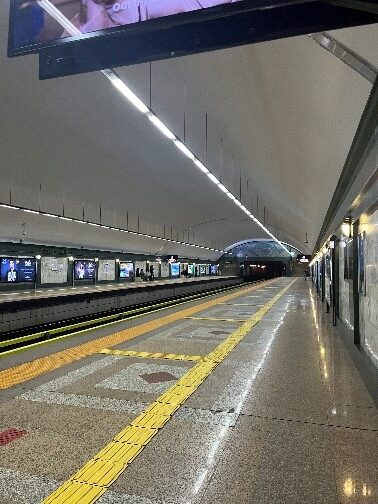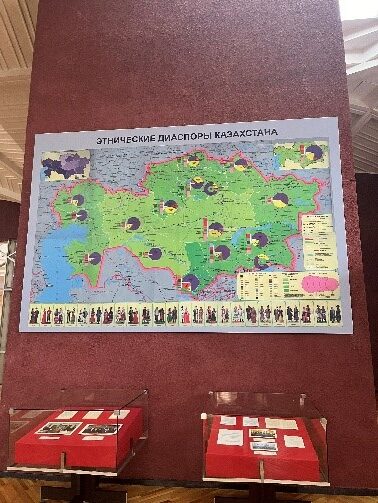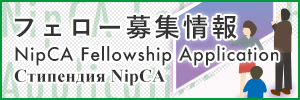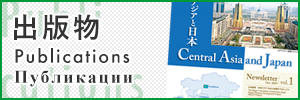Kazakhstan Language Training Report
School of Humanities and Culture, College of Humanities
Kadohama Sakura (2nd year)
Motivation for participating in the training
There are three reasons why I participated in the Kazakhstan language training program this time.
- After participating in language training in Kyrgyzstan last summer, I became more interested in the culture of Central Asia and wanted to learn more about the culture and life in Central Asia.
- After living in Kyrgyzstan, I heard that the culture and language of Kyrgyzstan and Kazakhstan are very similar, and also, many of the daily necessities and foods in Kyrgyzstan are made in Kazakhstan or China, so I wanted to know what the differences and similarities are in the culture and lifestyle of neighboring countries Kazakhstan and Kyrgyzstan.
- I heard a lot about the impact and impressions of Kazakhstan from students who participated in the Kazakhstan language training program last year, and I felt like I wanted to actually visit Kazakhstan.
Reflections on Kazakhstan
Cultural Education and Awareness in Kazakhstan
One of the things I strongly felt when living in Kazakhstan was the high awareness of the people of their own culture. As a result of actually living in Almaty and asking questions mainly of local students, I learned that there is a high level of education about their own culture and people themselves have a high awareness of the their own culture.
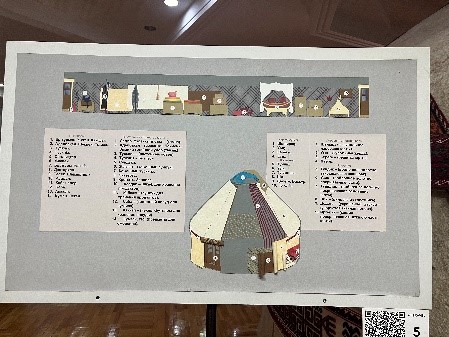 Figure 1: Explanation of the Yurta exhibition
Figure 1: Explanation of the Yurta exhibition
First of all, the museum was one of the cultural and educational facilities, and the main exhibit was tools that symbolized the history and culture of Kazakhstan. There was also a museum that used an entire floor just for cultural exhibits. In addition, not only the museum but also the art museum had a section dedicated to introducing and exhibiting Kazakhstan’s traditions. In addition, many of the museums in Almaty have exhibits that show the flow of time, starting from the Bronze Age or nomadic period to modern Kazakhstan’s culture, independence, and the formation of the city of Almaty after independence.A major feature of Almaty is that they also have modern exhibits that give an insight into what modern Kazakhstan is like after independence. Although Japan has a national museum, it does not have any exhibition facilities about the country of Japan, and while it is common to display cultural assets in chronological order, there are few facilities that show exhibits that explain the flow of time or events themselves. There were also children’s textbooks and workbooks available to help children learn about culture and traditions. The contents included the names of yurt, the names and uses of the furniture inside, the names and uses of traditional costumes and tools, and corresponding textbooks and workbooks, which were sold in abundance in bookstores. In Japan, books introducing Japanese traditions and culture are also available, but I felt that these books were more easily accessible than the books sold in Japan, and that there were a large number of them, ranging from textbooks to illustrated books, such as those found in the coloring book section for children, that were easily accessible and provided easy access to cultural education. In addition, the fact that the Kazakh language and Kazakh history are compulsory for university entrance examinations also makes me feel that education is being provided so that the people of Kazakhstan can respect the culture of Kazakhstan. In Japan, Japanese language is required at many universities, but Japanese history is basically optional.
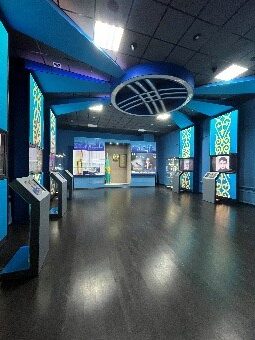 Figure 2: Exhibition corner about post-independence Kazakhstan
Figure 2: Exhibition corner about post-independence Kazakhstan
In fact, Kazakhstan has listed cultural development as the number one development goal up to 2050. In addition, the country is placing emphasis on cultural education, aiming to increase the number of visits to cultural facilities by 50% by 2025 and to implement 100% cultural education in schools. In Japan, museums have become increasingly active in recent years in rediscovering local attractions and disseminating information about local culture. However, this is because museums and cultural facilities are included in the scope of the Cultural Tourism Promotion Law, and it can be seen as having a strong sense of reviewing their own culture and traditions for tourism as well as education. In fact, there were several commentaries directed inward to first person plural Kazakhs, such as “our ancestors” and “our people/nation” as subjects in the museum and in the class about Kazakhstan. On the other hand, it seems that Japanese museums and history education have a strong tendency to use the third person subject, such as “people at that time” or “people in the XX era,” and create exhibits and explanatory panels with an eye toward communicating with the outside world.
However, Kazakhstan has indicated that it wants to raise the ratio of tourism to 8% of its GDP, so it will be a challenge for Kazakhstan to communicate its culture to the outside world in the future. In fact, schools in Kazakhstan are placing more emphasis on learning the Kazakh language and spending more time studying Kazakh literature than before. In addition, many Kazakhs take exams for university entrance in Kazakh language. On the other hand, a large proportion of foreigners visiting Kazakhstan and taking university entrance exams mainly study Russian. In fact, the Chinese student in the preparatory school where I was studying, was also focusing on studying Russian rather than Kazakh in order to take the entrance exams for universities in Kazakhstan, and the amount of class time devoted to Kazakh language was very small in the weekly schedule. Therefore, the current cultural and language education in Kazakhstan tends to be limited to a kind of domestic consumption.
Outcomes of the training
One of the objectives of this training was to learn about the differences and similarities in culture and life between Kyrgyzstan and Kazakhstan. In fact, when I visited Kazakhstan, I felt that there are many similarities between Kazakhstan and Kyrgyzstan in terms of food, traditional costumes, and lifestyle. However, I felt that Kazakhstan is more advanced in terms of the fusion of traditional and modern cultures. For example, there is a lot of fashion that combines traditional costumes and accessories with modern clothing, and the image of it spreading quickly on Instagram and TikTok is fitting. It was also interesting to see several fusions of modern life and tradition in Almaty, with ready-made and frozen traditional dishes being sold, as well as combinations of traditional dishes with modern trends. Also, in Kyrgyzstan, even in the city center, the roads are not well maintained and the toilets are not provided, but in Almaty, the roads are paved and the toilets are well-developed, and I felt that this was a big difference from Kyrgyzstan. I was also impressed by the fact that there were far fewer beggars in Almaty than in Bishkek, even in winter. In fact, there is a large economic difference in per capita GNI between Kazakhstan ($8,720) and Kyrgyzstan ($1,180) (2021), which is affecting living infrastructure and people’s daily lives.
Figure 3. Almaty subway Figure 4. Ethnic distribution and percentage of Kazakhstan
I had heard that Kazakhstan was an ethnic nation, but not only did I see the people on the streets, but the museum exhibits also had sections that introduced each ethnic group in detail, which made me realize just how big an impact ethnic groups have. When living in Japan, one is conscious of countries as a unit, but there are few opportunities to be conscious of groups as ethnicities. However, Kazakhstan is a diverse country with many ethnic problems, for better or worse, and I got the impression that the people are very interested in information about ethnic issues and the country’s multi-ethnic population. I realized that until now I had only known about the culture and history from the limited perspective of the country, and this training made me realize once again that if I approached the country from a different perspective, such as ethnicity or language, I would be able to see things differently.
References
Ministry of Foreign Affairs, “Official Development Assistance (ODA) Country Data 2022” https://www.mofa.go.jp/mofaj/gaiko/oda/region/caucasus/index.html
CIS「В 2022 году Казахстан посетили 4,8 млн иностранных туристов」https://e-cis.info/news/567/113214/
Министерство просвещения Республики Казахстан 『План развития
Министерства культуры и информации Республики Казахстан на 2023-2027 годы』
https://www.gov.kz/entities/culture

